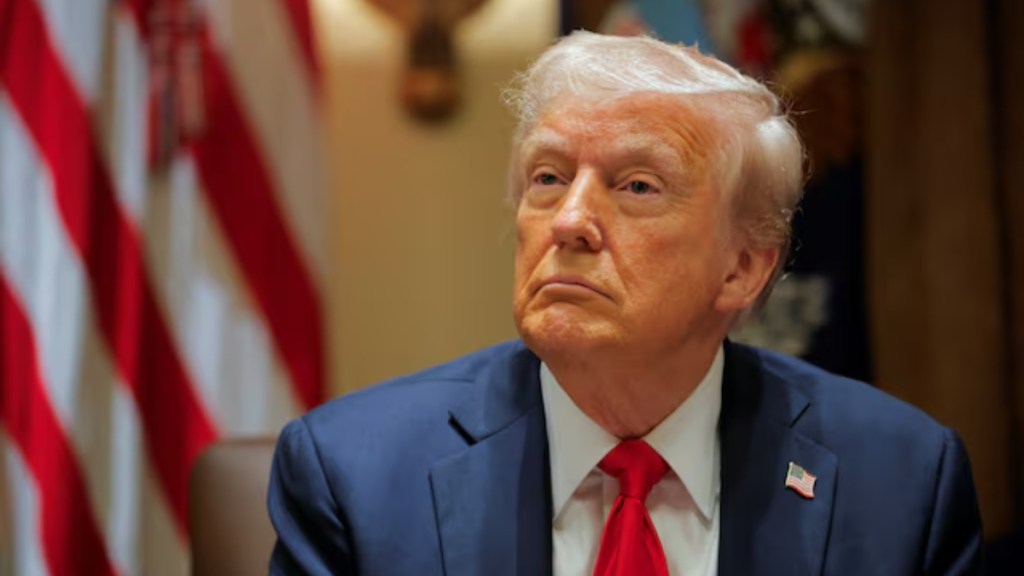US President Donald Trump has threatened to impose additional 10% tariffs on Chinese imports on March 4. Simultaneously, Trump will also move forward with the 25% tariffs on Mexican and Canadian goods, that will take effect from the same date. Chinese imports are already facing taxes at the border when 10% tariff came into effect earlier this month.
Trump told reporters in the Oval Office that all fresh tariffs on Chinese imports would be added on top of the 10% tariff that came into effect on February 4 because of the fentanyl opioid crisis, making the total tariff on Chinese imports now at 20%.
Why additional 10% tariff on China?
Trump first announced the new tariffs on his Truth Social account, saying he would add another 10% tariff starting March 4. In his post, Trump explained that drugs, especially fentanyl, were still entering the US at unacceptable levels.
Trump said he decided to add the extra tariffs on China and keep the deadline for Canada and Mexico because his administration believes there hasn’t been enough progress in stopping the inflow of fentanyl into the country.
In 2023, the Centers for Disease Control reported that 72,776 people in the US had died from synthetic opioids, mostly from fentanyl.
Customs and Border Patrol agents seized 991 pounds of fentanyl at the southwest border in January 2025. This was a 50.5% decrease from the previous year, but still enough to kill millions of Americans, according to a White House official.
Trump’s decision to blame Mexico and Canada for the ongoing flow of fentanyl into the U.S. is happening at the same time as his freeze on foreign aid, which is affecting efforts to fight the illegal drug trade.
(With Reuters Inputs)

